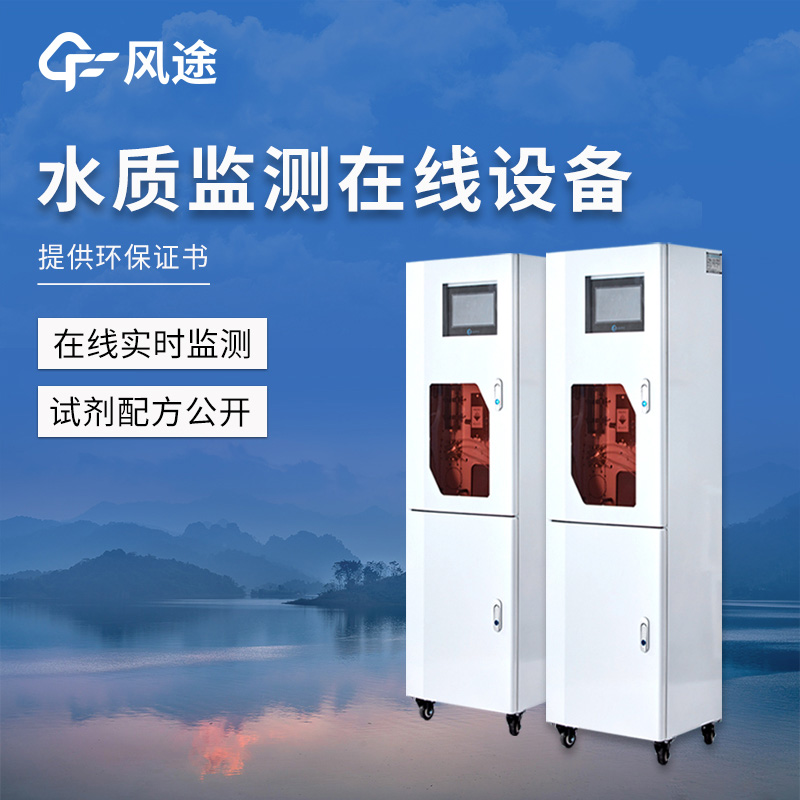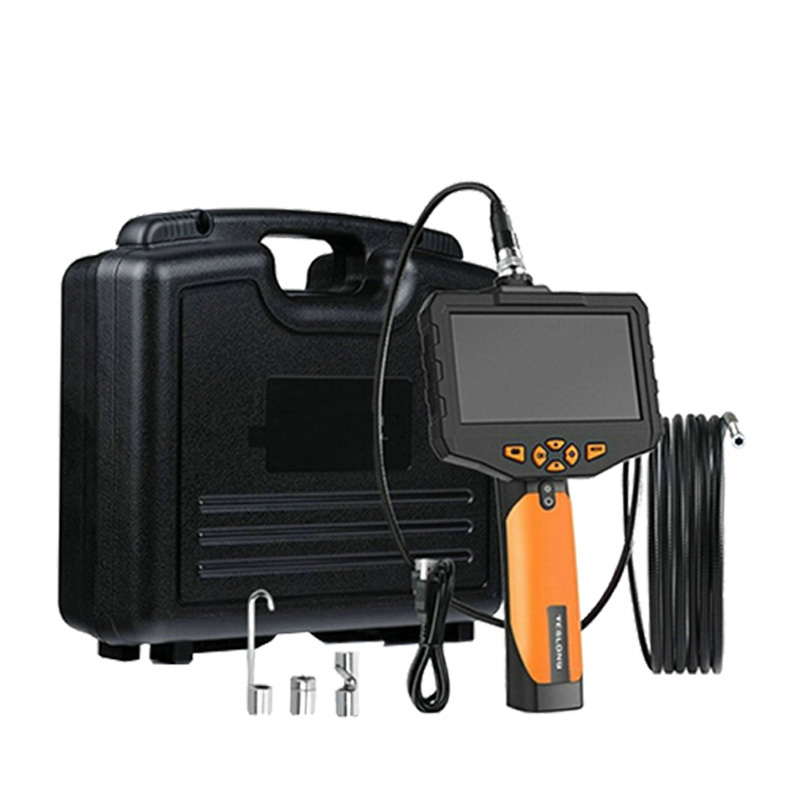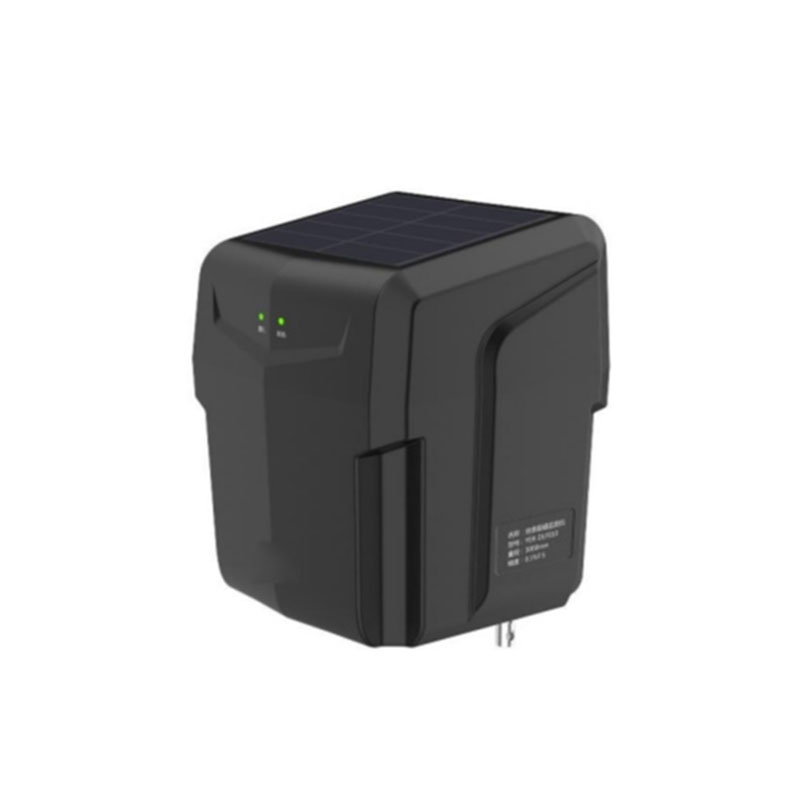Against the backdrop of rapid industrialisation and urbanisation, the problem of water pollution has gradually intensified. In order to strengthen the monitoring and management of water pollution and ensure the safety of water supply, a comprehensive water quality monitoring programme has been initiated. The programme uses specialised equipment to implement continuous monitoring of water quality to safeguard the purity of water bodies and provide detailed data support for government decision-making to promote environmental sustainability and the protection of ecological balance.
Existing water quality monitoring sites usually consist of fixed buildings or fixed testing boxes, which have more stringent restrictions on the space and conditions of the installation sites. This design makes it difficult to find suitable installation sites in certain areas, or they need to occupy a larger space, which increases the complexity of installation and the economic cost of management. In addition, when faced with the need to relocate monitoring stations in the face of adjustments to water system management, the lack of flexibility of fixed monitoring stations makes the relocation process cumbersome and inconvenient.
In response to the limitations of existing water quality monitoring stations, the company introduced a portable micro water quality monitoring station. The station is designed to be quick to install and move, effectively reducing environmental interference and unnecessary consumption of manpower, materials and funds.
It uses sensor technology, automated control systems, professional data analysis software and communication networks to build a system that can automatically monitor water quality online. The system is capable of simultaneously measuring a variety of water quality parameters, including but not limited to dissolved oxygen, pH, and chemical oxygen demand (COD) monitored by IOT sensors.
With its compact size and powerful functions, this miniature monitoring station is suitable for long-term continuous monitoring of various water bodies, significantly reducing land acquisition and manpower costs. It can continuously, real-time and accurately monitor the water quality condition and its changes in the target waters, providing strong data support for water quality management. The monitored data are transmitted remotely through wireless communication technology, enabling users to obtain the latest water quality information instantly.

This paper addresses:https://fengtusz.com/industry/356.html









